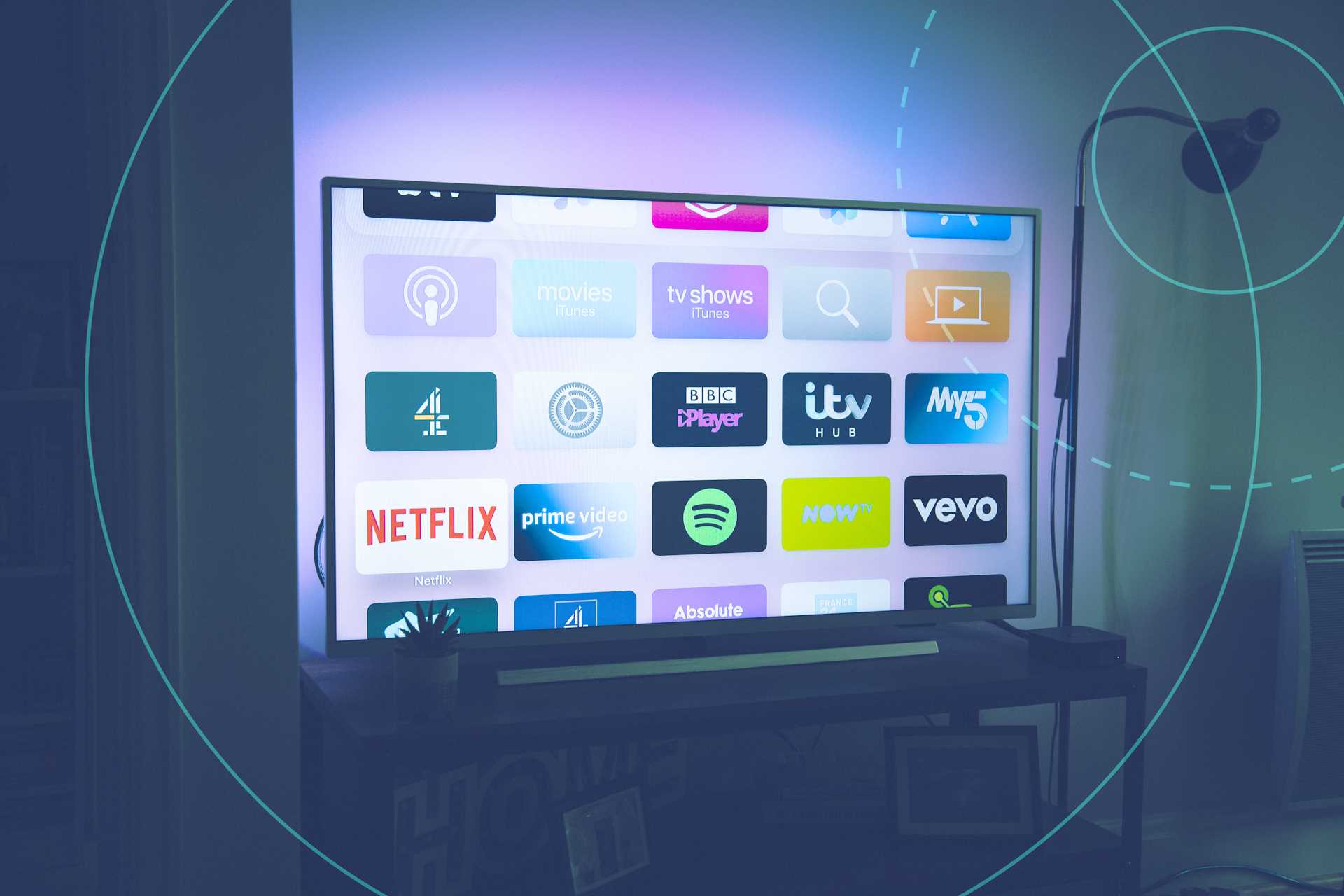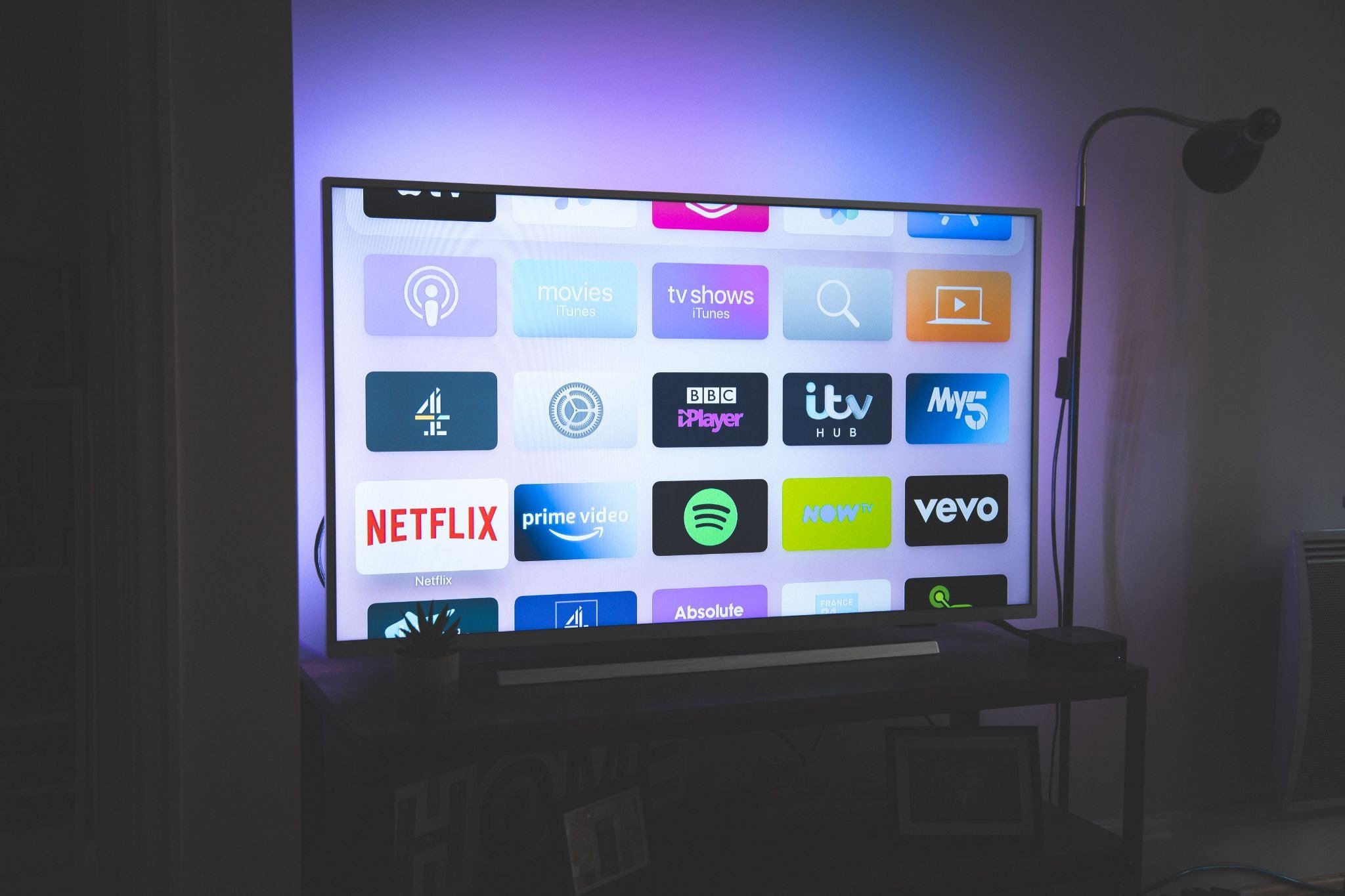Attribution is critical for marketers to gauge campaign success, but there’s no single strategy that works for everyone. Read our guide to learn more.
Here’s how to make sure your marketing efforts are paying off
There’s much more to marketing than making a series of ads and hoping one of them breaks through the noise. Good marketing requires strategic decisions about which platforms to use, which demographics to target, which creative assets to use, and several other factors that ultimately determine whether or not your campaign meets its goals.
But how do marketers know which strategies are working and which need a fresh look? That’s where attribution comes in. Marketing attribution gives brands a clearer picture of how every campaign is performing at every touchpoint, allowing them to iterate and adapt to best appeal to customers. However, there’s no single attribution marketing strategy that works for every brand and every campaign, which is why having a comprehensive understanding of the concept is so important for modern marketers.
What Is Attribution in Marketing?
Realistically, consumers will interact with your brand numerous times before they ever make a transaction. For marketers, following consumers through the buying journey — from initial brand awareness to completed purchase — is a necessary part of the process. You need to know how you’re capturing the audience’s attention and encouraging the desired result.
Marketing attribution is how marketers take the temperature of their campaigns and gauge success. Attribution connects sales and conversions to the marketing touchpoints that led to those results. Think of attribution as the how, where, and when of consumer interactions with your brand. It lets you know which individual channels, creative messages, and overall strategies are generating the most return on ad spend, and which ones are leading to churn.
Understanding attribution advertising is beneficial in many ways, including:
- Better use of marketing spend: Attribution gives you the ability to better allocate your budget since you can optimize spending toward proven channels and strategy.
- A personalized approach: Help your audience through the marketing funnel with personalized touchpoints tailored for individual customers.
- Better creative: Creative assets like logos, images, and videos are expensive and time-consuming to create. By analyzing the results, you’ll be able to discern the most effective combination of visuals, copy, and calls to action.
It’s important to note that not all ad platforms deliver the same data transparency, nor are they all able to measure consumer behavior across platforms. The right connected TV platform, on the other hand, can map performance beyond the television screen and measure activity on other devices on the same IP address. To learn more about how connected TV helps marketers boost ROAS and meet their goals, read our free guide: The CTV Advertising Playbook.
For more insights about the benefits of marketing attribution, check out Unpacking Marketing Attribution: Definition and Insights.
What Is a Marketing Attribution Model?
Attribution might sound simple on paper, but incorporating it into your marketing strategy is where things get complex. There’s no one-size-fits-all approach to marketing attribution; instead, there are several different approaches, or marketing attribution models. Broadly speaking, these models fall into two categories: single-touch and multi-touch.
Understanding Single-Touch vs. Multi-Touch Attribution
The consumer journey described above is exactly that: a series of stops along the path that starts at brand awareness and concludes at the marketer’s desired endpoint, typically a purchase. Single-touch attribution measures the performance of a single stop along that journey, often at the very beginning or very end. Multi-touch attribution, on the other hand, tracks conversion across various touchpoints, which are often weighed differently — more on that later.
Each category has its pros and cons. Single-touch attribution models are generally easier to design and optimize. The most popular examples are first click and last click. First-click attribution gives credit to the very first ad a user sees. For example, if the customer views a TV ad, social media ad, and in-game ad before finally converting, the first-click model attributes the conversion to the TV ad.
Last click does the opposite by attributing conversions to the last touchstone along the customer journey. This strategy is best implemented when you’re trying to figure out which element of your campaign is driving the most conversions. For example, if you’re analyzing the last-click attribution of your marketing channels and find that most conversions happen after viewing an influencer campaign, it might be worth expanding on that campaign and bringing it to other channels.
To learn more about how to most effectively utilize the last-click attribution model, read the full article: How Last Click Attribution Helps Marketers Decode Conversion.
Types of Multi-Touch Marketing Attribution Models
Linear vs. Time Decay Attribution
Let’s go back to our earlier example of the consumer journey. If a user views a TV ad, social media ad, and in-game ad — in that order — then linear attribution tracks each of those touchpoints and weighs them equally. This gives marketers a more balanced approach than either of the single-click models, giving appropriate credit to each part of the process that led to the eventual desired outcome.
But what if weighing each of these touchpoints equally isn’t the most accurate representation of campaign success? Then you’d want to use a time decay model. Time decay also attributes conversions to multiple touchpoints, but each of those points impacts the model differently. Ads closer to the eventual conversion are weighed more heavily, while those at the top of the funnel get less credit.
Think of time decay attribution as a more complex version of last click. It doesn’t completely discount the contributions of ads that appear at the top of the marketing funnel, but it gives more credit to the final steps. It’s a useful model, but like linear attribution, time decay is not perfect in every scenario. In some cases, assigning more credit to the last touchpoints might lead marketers to make incorrect assumptions about the effectiveness of earlier ads.
For a deeper dive into how these attribution models impact performance, read How Attribution Models Optimize Marketing Strategies and Multi-Touch Attribution in Marketing: Models and More.
View-Through Attribution
View-through attribution, or VTA, credits all conversions during a specific period to ad impressions. Those conversions might be sign-ups, downloads, website visits, or actual sales — no matter how the consumer gets to that endpoint, VTA assumes they started that journey after viewing an ad. This way, marketers can more accurately gauge the results of their campaigns; after all, not everyone makes a conversion immediately after watching an ad.
Here’s how VTA works: Begin with determining the specific period you want to measure, perhaps a month or two after the introduction of a new campaign. Throughout that time, track your key performance indicators like sales, demo requests, and installs and compare them to the previous month’s numbers. This method reveals any increases during the chosen period.
View-through attribution can be a useful strategy because it allows marketers to measure conversions that come from channels without a click-through option. However, it’s best used when combined with data-driven methods to give a complete picture of marketing performance.
Read Understanding View-Through Attribution: Maximizing Ad Impact for a deeper dive into the advantages and challenges of VTA.
Data-Driven Attribution
Unlike view-through attribution, which requires marketers to make assumptions about ad performance, a data-driven approach pulls relevant information from all of your consumer tracking mechanisms. Using machine learning technology, data-driven attribution looks at all converting and non-converting users to determine how each touchpoint drove them closer to or further from conversion. The more data you have, the more accurate your machine learning model will be.
This in-depth attribution strategy allows marketers to more accurately measure ROI and optimize spending. By feeding the relevant information into a sophisticated machine learning algorithm, marketers can gauge how each touchpoint affected customers’ odds of conversion. This provides a clearer view of the channels, campaigns, and keywords making the biggest impact. From there, marketers can tweak campaigns accordingly.
There are a few best practices for using data-driven attribution that all marketers should know:
- Set clear goals: You can’t gauge success if you don’t know what success looks like. Determine what you’re trying to achieve, whether that’s account sign-ups, sales, or other methods of conversion. Pick a specific target you want to achieve and focus your efforts on that goal.
- Build out tracking and measurement: To grow your data model, you’ll need high-quality information from a variety of sources. You can set up an Urchin Tracking Module (UTM) parameters via Google Analytics 4 and determine what data points you think are most valuable. Every campaign should have its own unique identifier so that when you’re reading the reports, you know exactly what you’re looking at.
- Review the reports: You could have more data than you’d ever need, but that doesn’t mean anything if you’re not analyzing it. Be sure to regularly review attribution reports to identify high-performing touchpoints and adjust low-performing elements of your campaigns.
Learn more about data-driven attribution in the full article: How to Understand and Utilize Data-Driven Attribution.
Make Sense of Your Data With tvScientific
Understanding campaign performance is vital for marketers, but without the right data, you won’t be able to use attribution to track your progress. At tvScientific, we deliver radical data transparency and real-time insights via our sophisticated connected TV advertising platform. With tvScientific’s advanced measurement and attribution capabilities in your marketing toolbox, you’ll be able to track the entire customer journey, take your ad budget further, and deliver the desired results.
Want to know more about how tvScientific can supercharge your performance marketing efforts? Get in touch to set up a demo.







